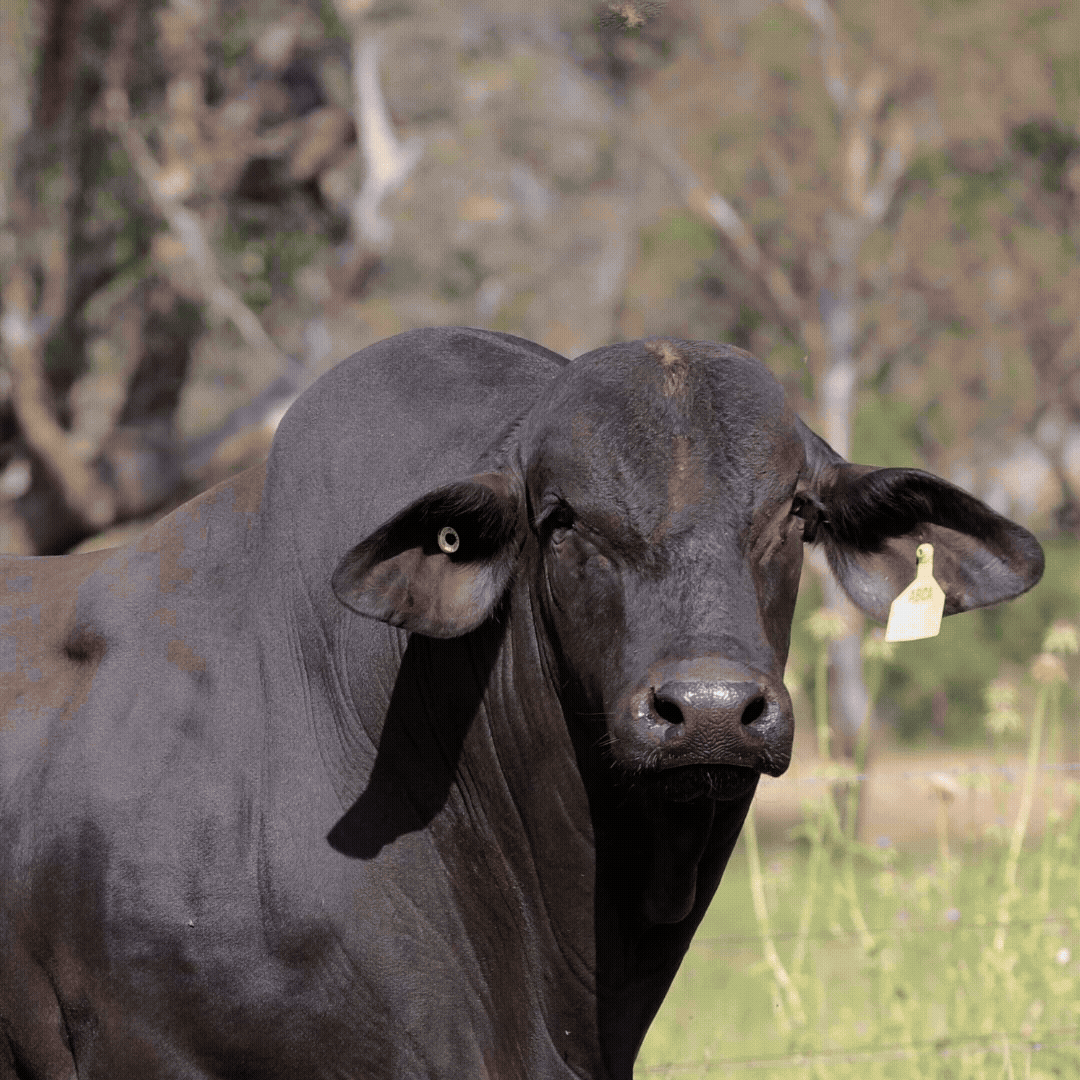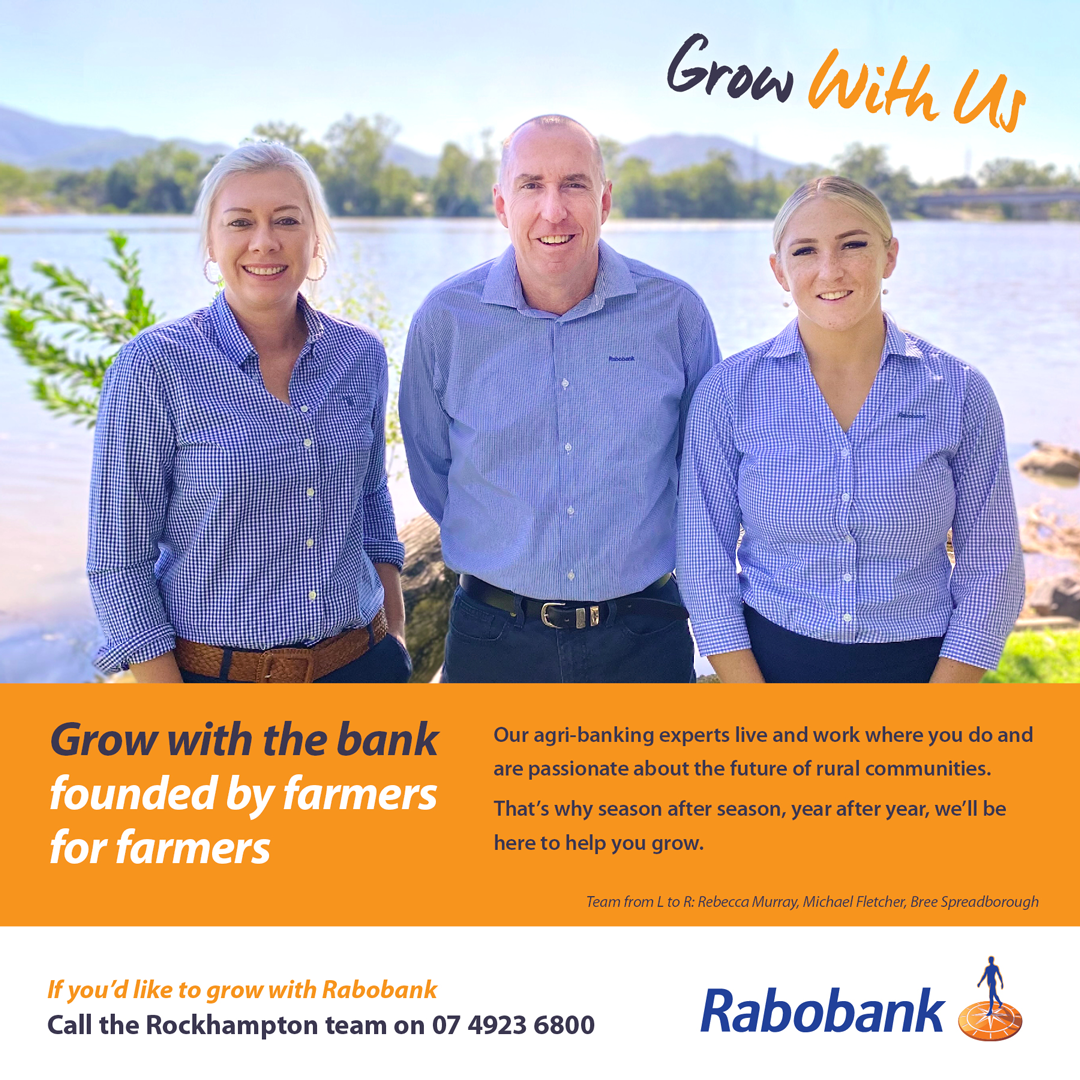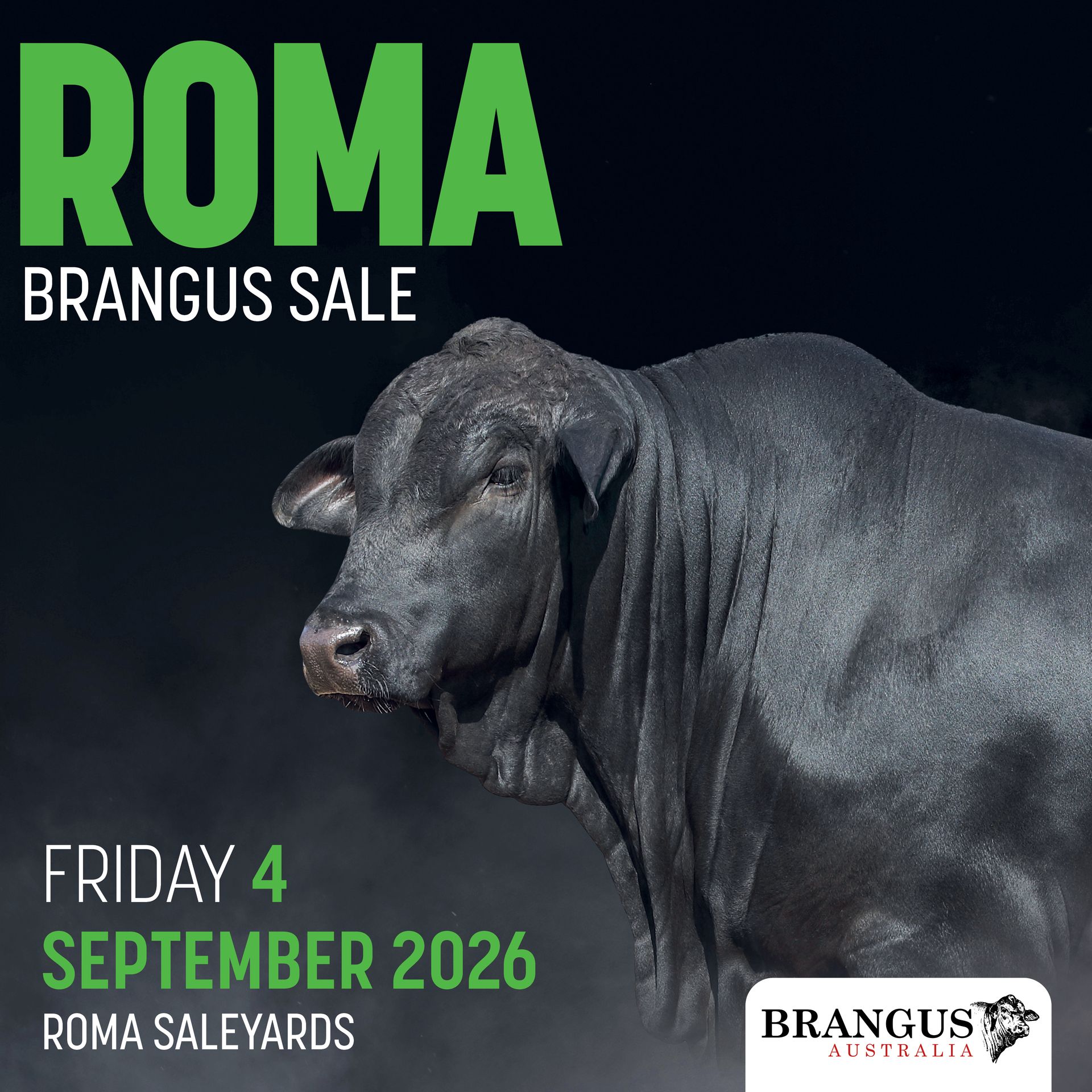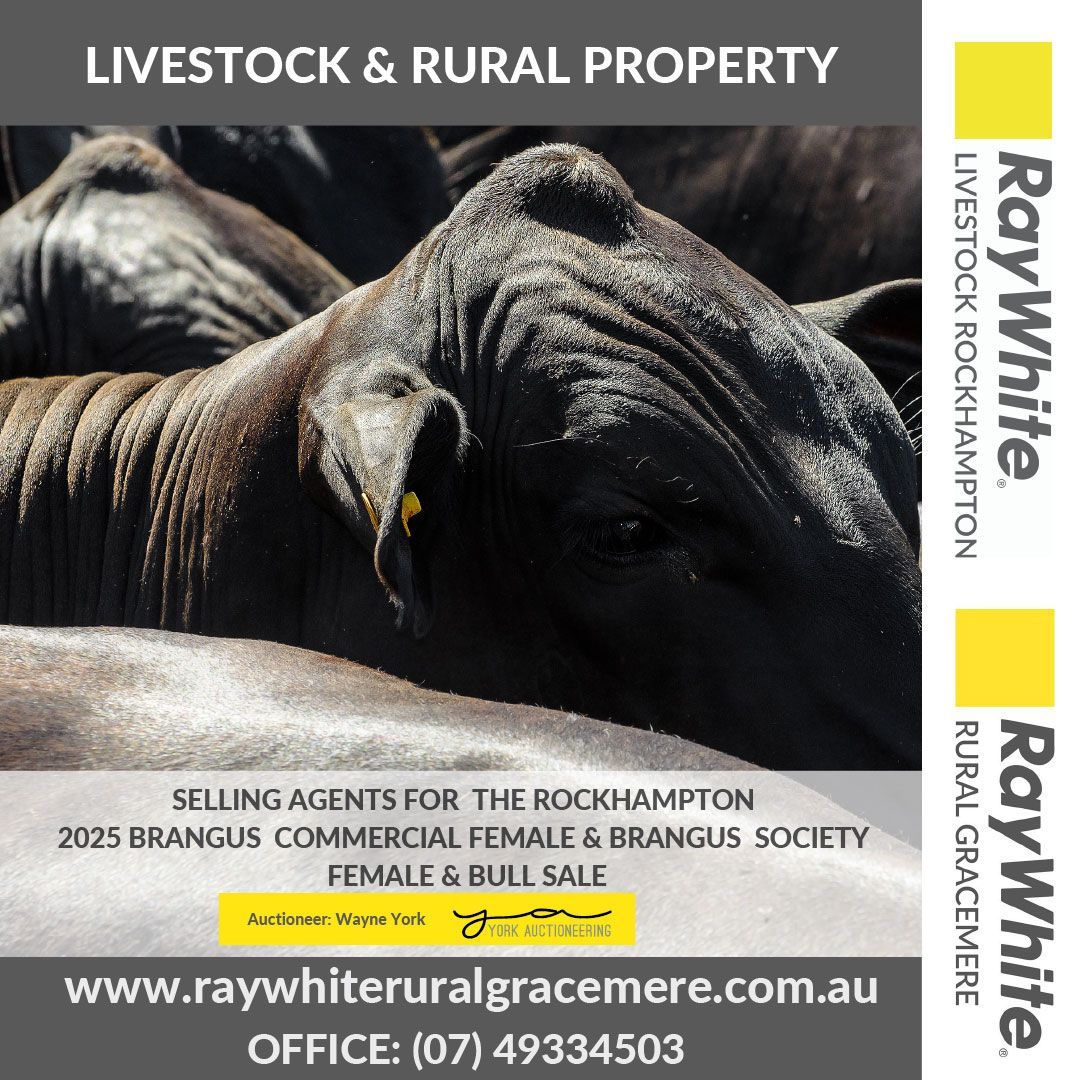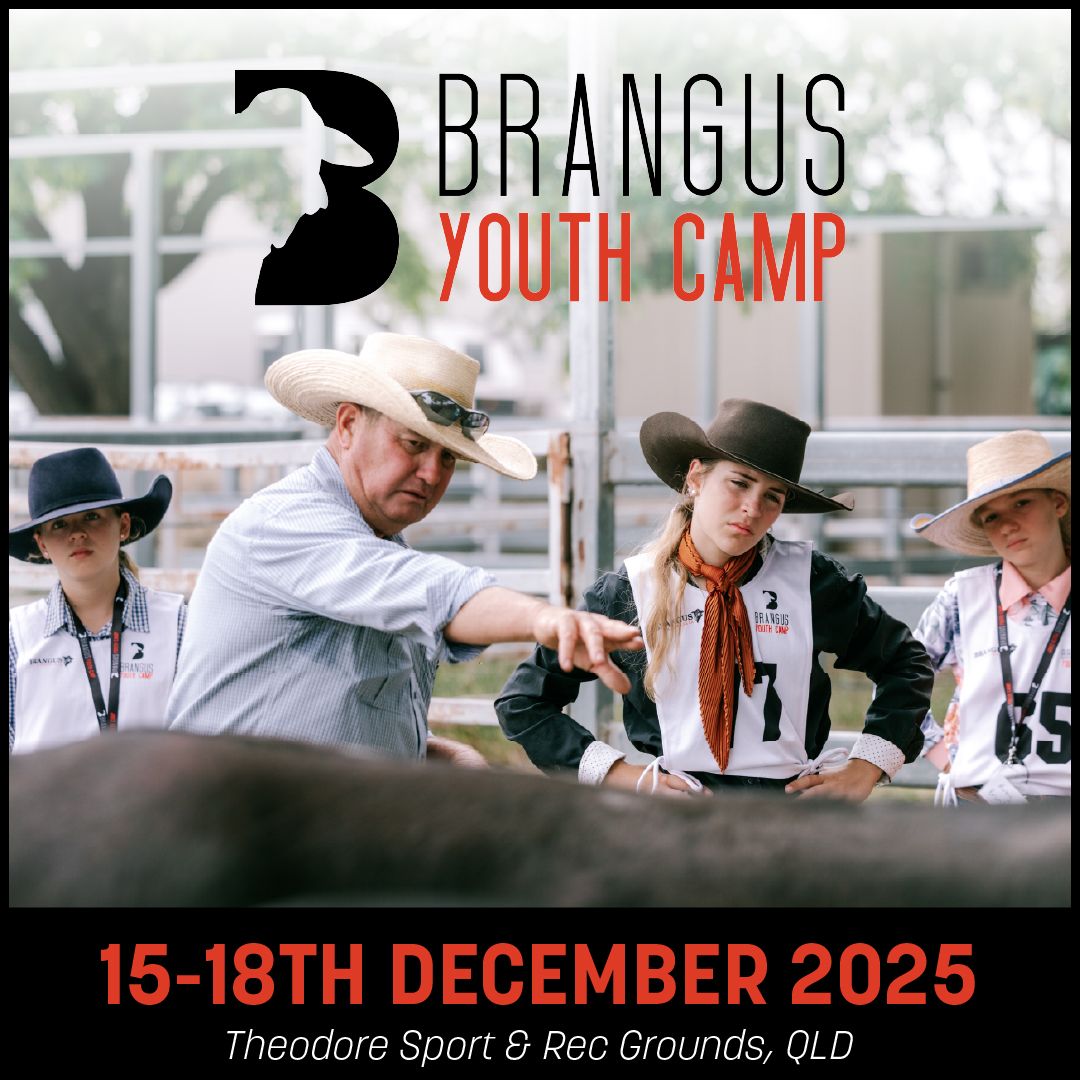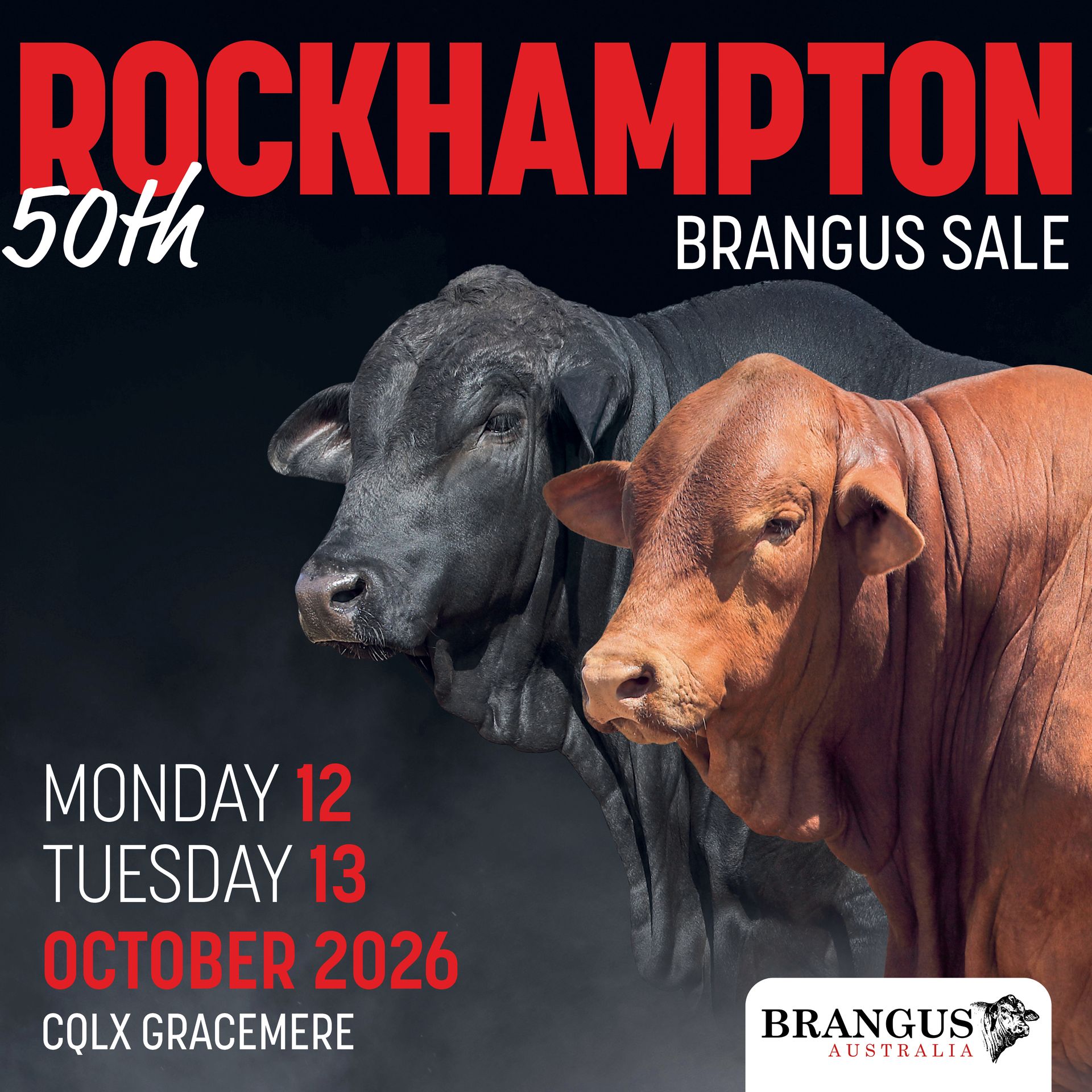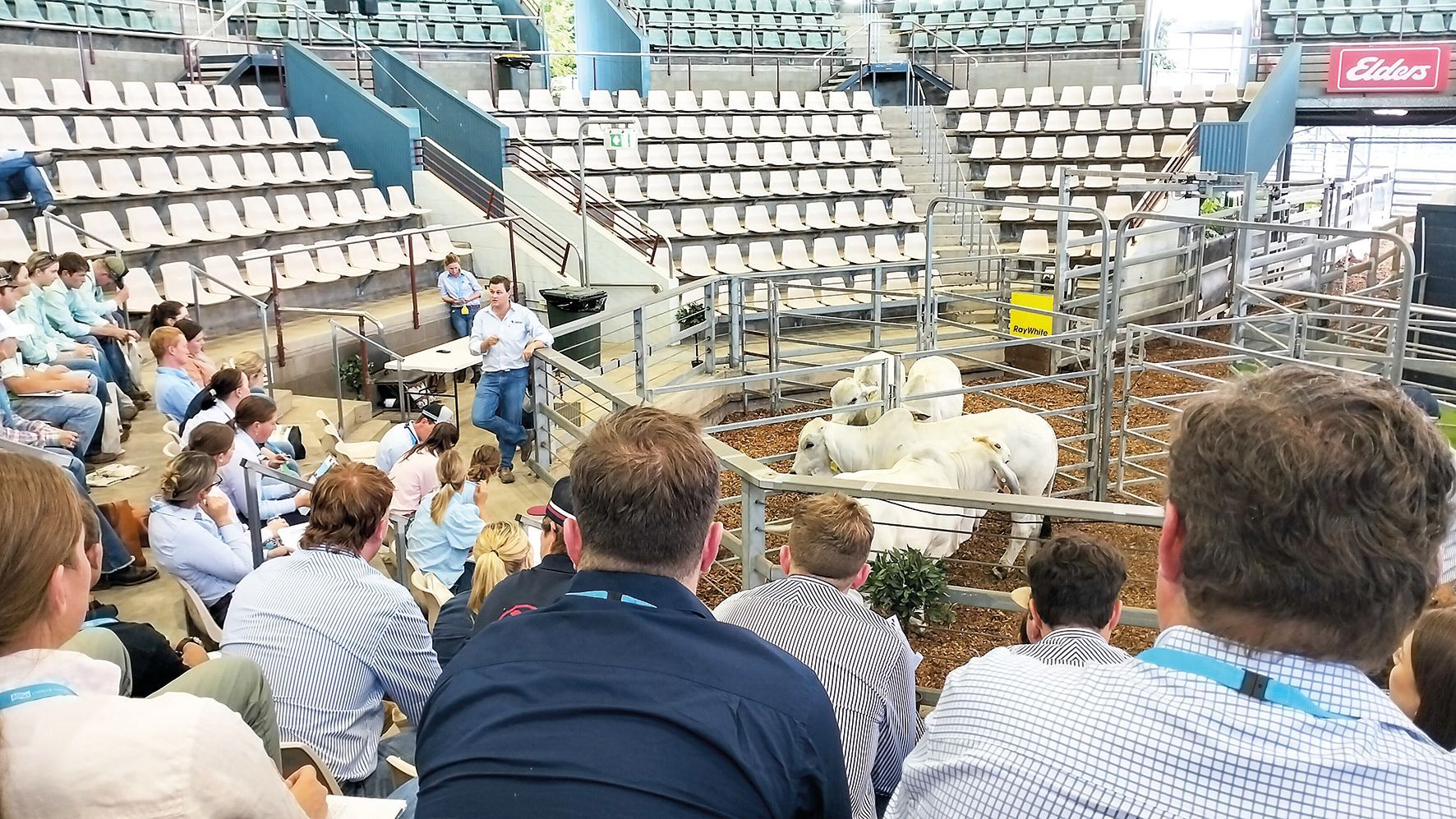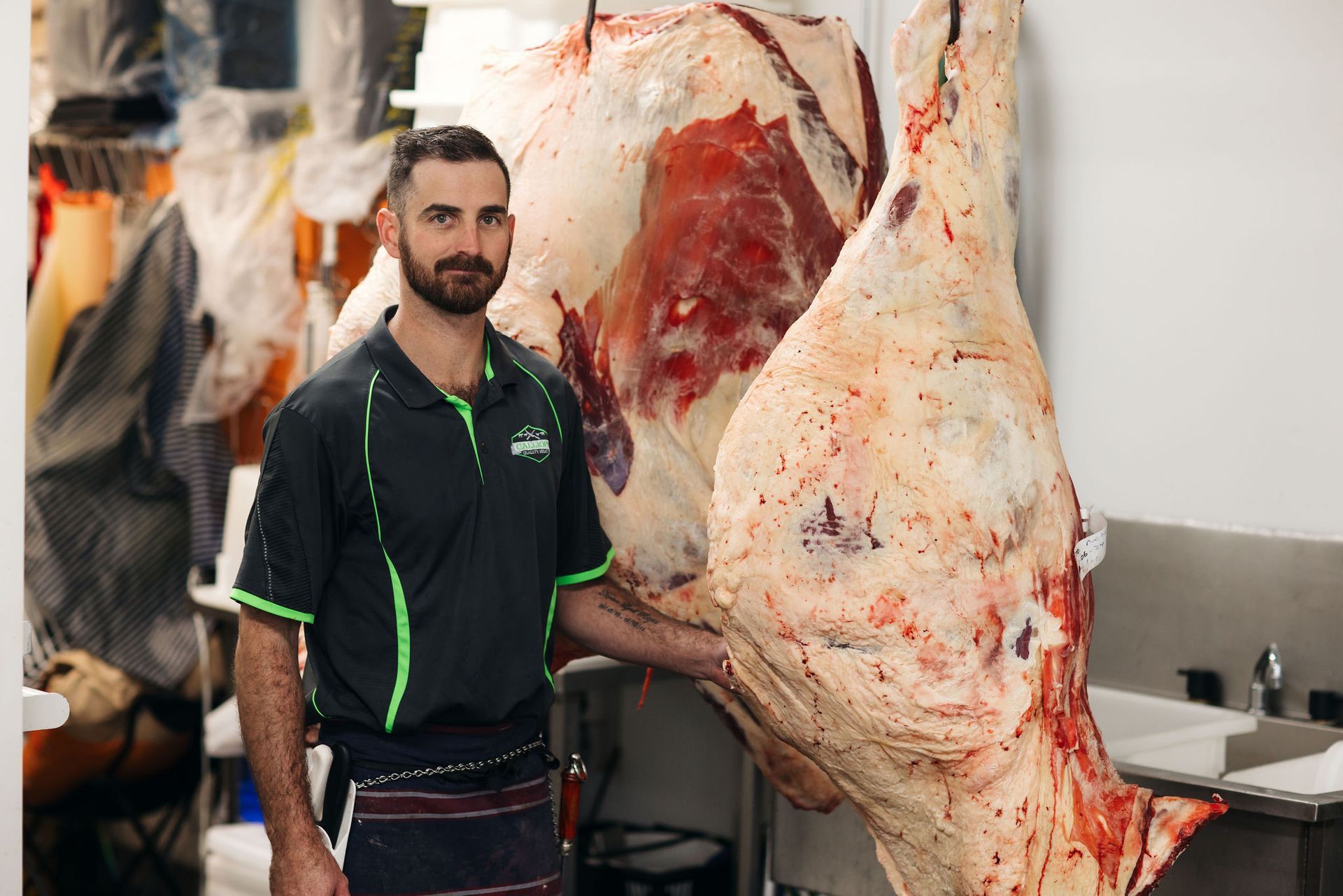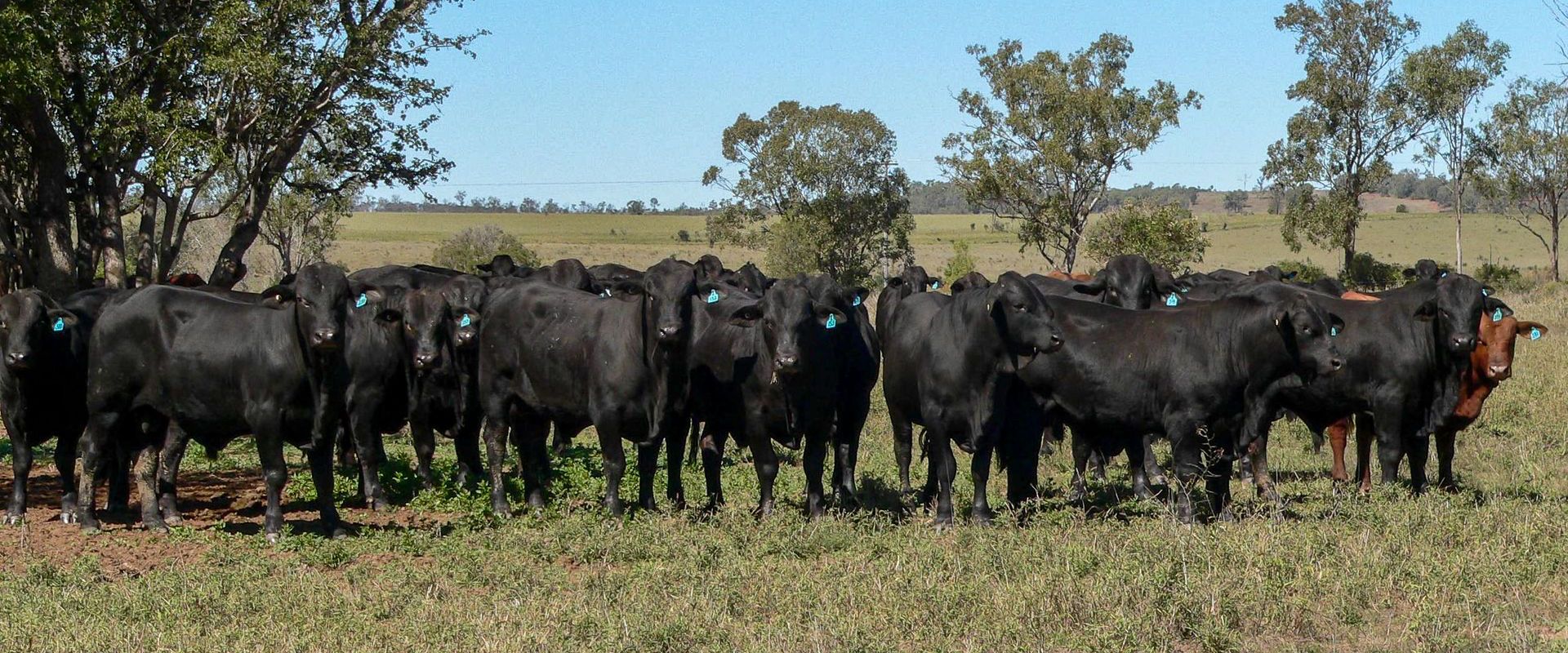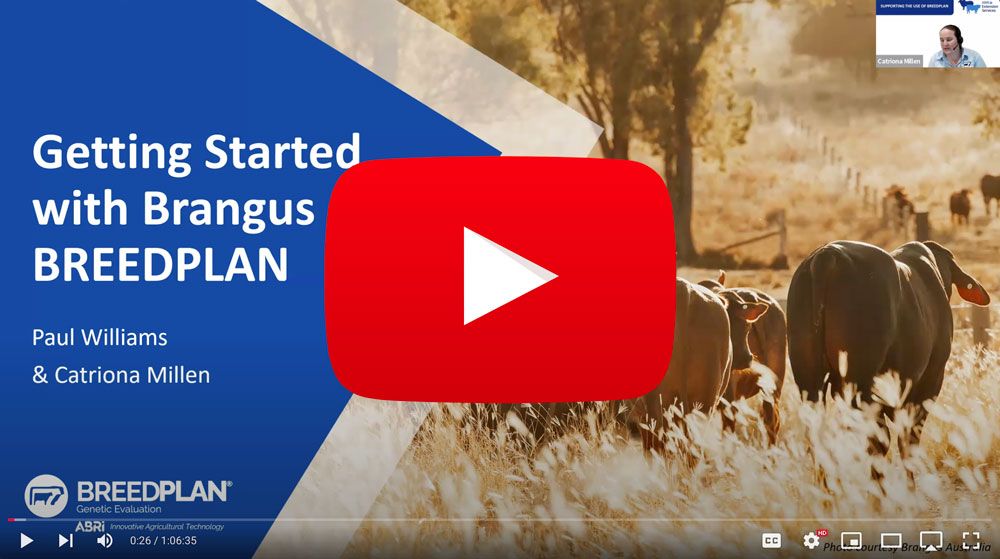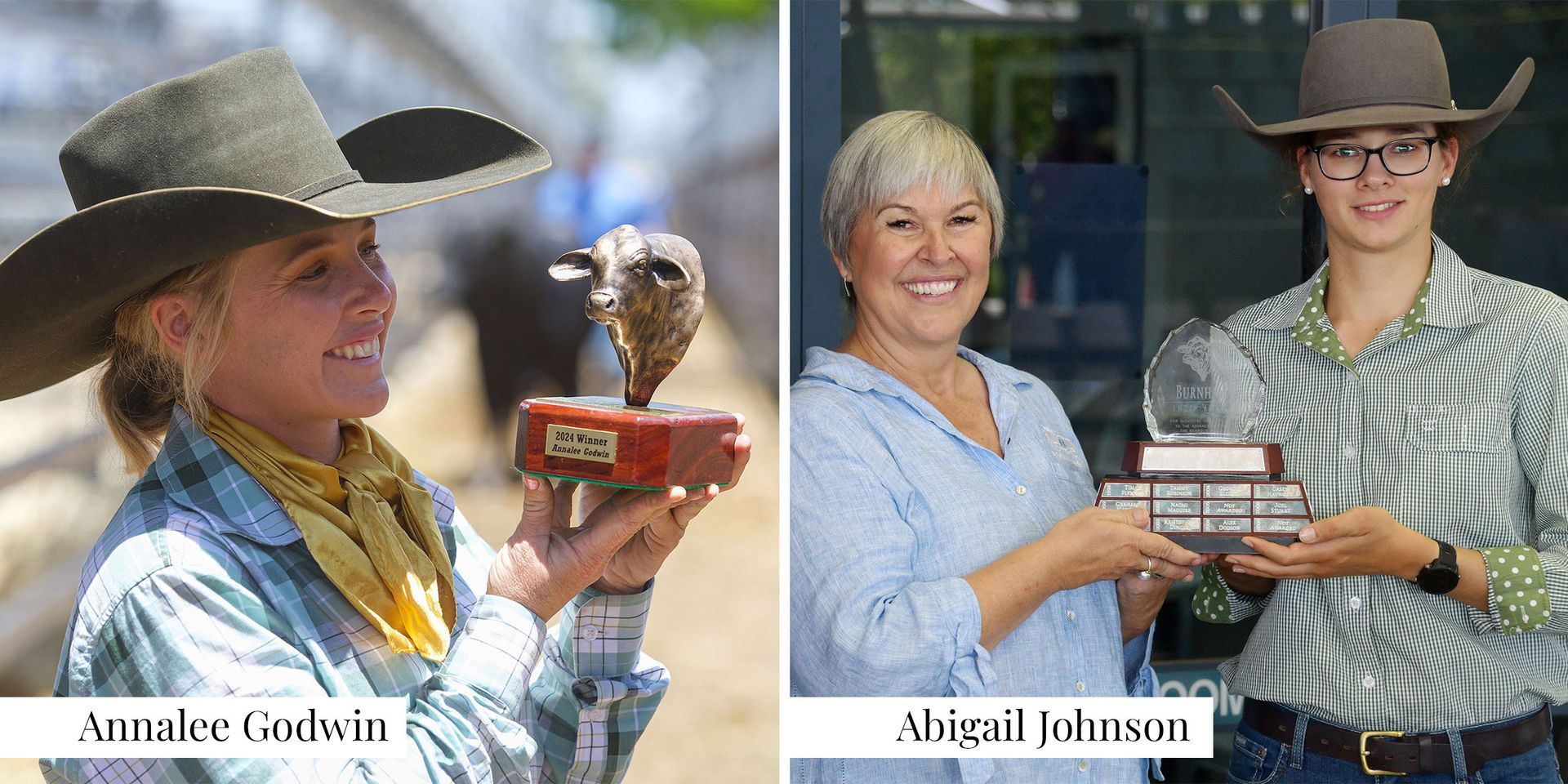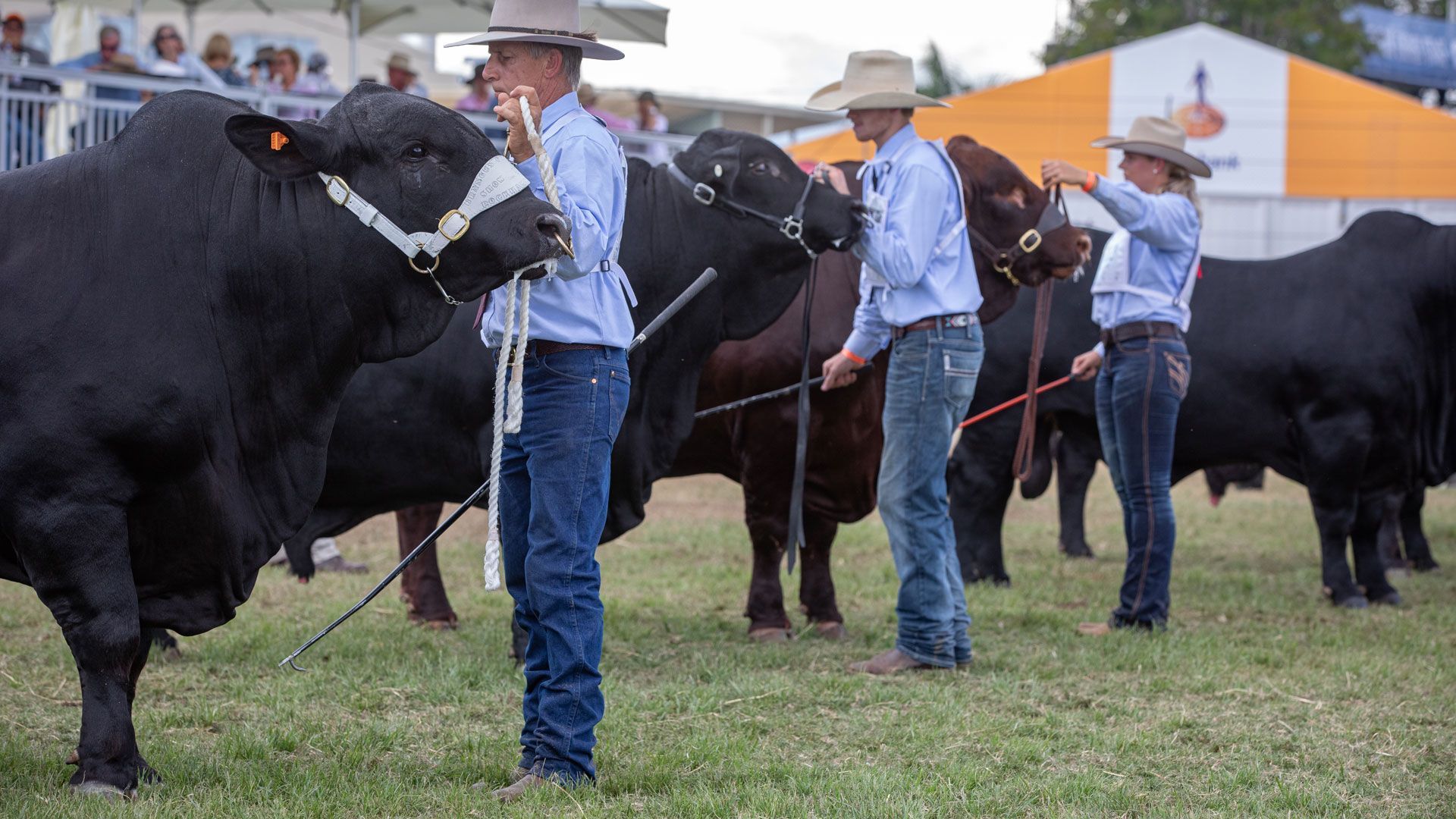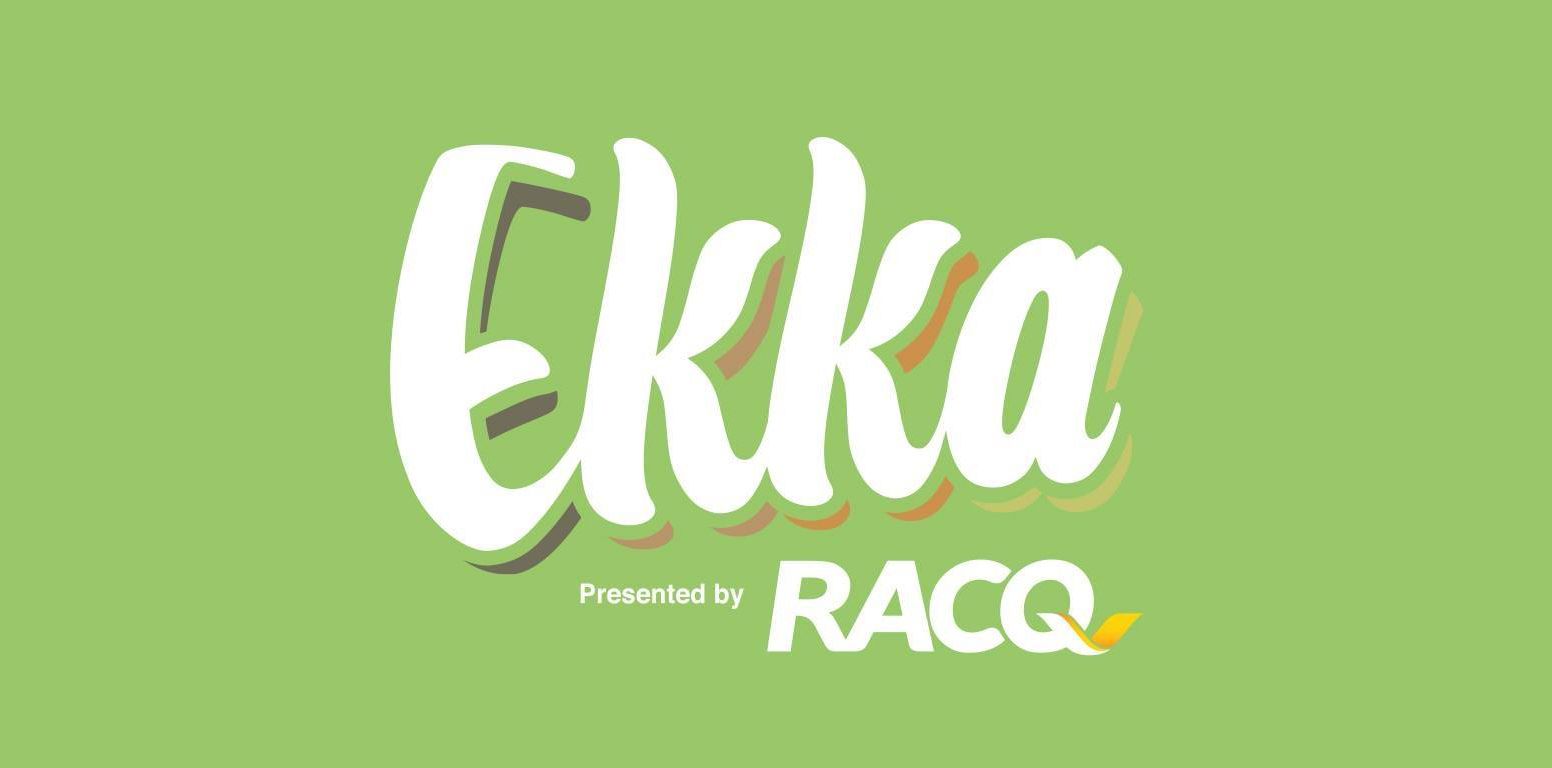Success with Brangus bulls over crossbred cattle at Monto
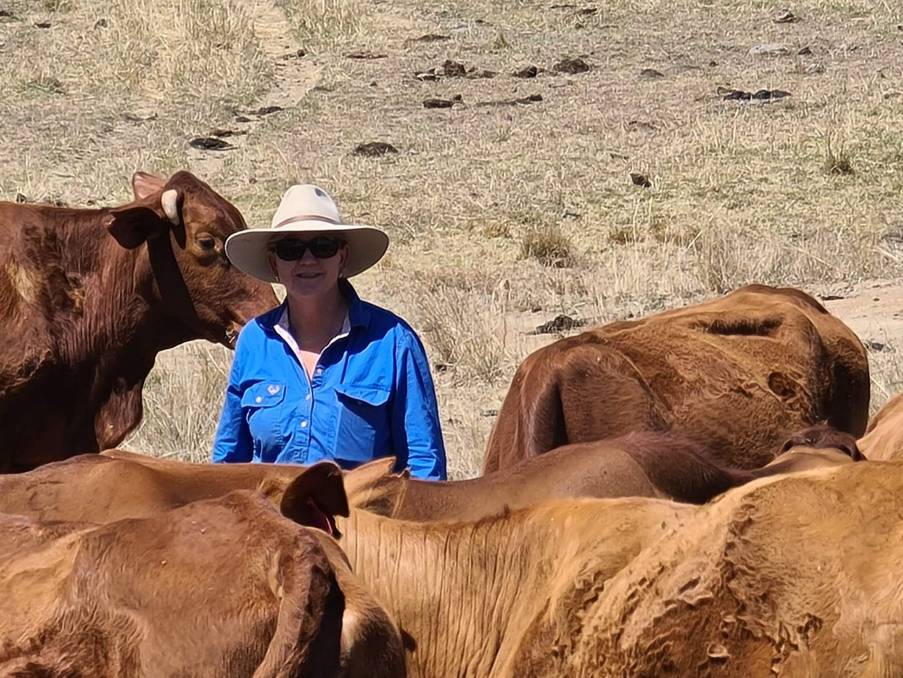
"Nearly everything goes to a feedlot somewhere, and buyers were telling us years ago that our cattle had too big a frame - the feedlots needed 400 days to fill them out and it cost them too much money with the bigger framed cattle.
"Now, we are breeding moderate sized calves that are finishing quickly, and a couple of the buyers have said that we're going the right way, breeding cattle that suit the market.
"A lot of people stay with the same breed for decades, but you've got to change with the times - it's all about dollars and cents now."
Along with a major change in breeding direction, the couple has been working on pasture rejuvenation, adding new species including Dolichos lablab, which has been a lifesaver, improving the soil and allowing them to produce high quality silage.
"It's mostly native grass, but there's a lot of old cultivation on the creek flats where we're growing the dryland lablab," Mr Ogle said.
"We started growing millet for hay last year, and the lablab, but because lablab takes 10 to 12 days to dry out, we're making silage from it and feeding it to the weaners.
"We've noticed with the silage they don't waste as much and we found we didn't use as much hay as in previous years. This has been a trial this year, but we are happy with the results".
"We're also supplementing the bullocks with silage and grain, and we think we'll do a lot more hay and silage next year to continue this. This has been an advantage in the dry conditions."
While it's been a big help managing feed gaps, the biggest benefit of the lablab is the added nutrients in the soil.
"It's self-mulching and puts a lot of nitrogen back into the soil," he said.
"That was the primary reason we planted it and in the paddocks we've had lablab planted in, we don't even have to work the soil."
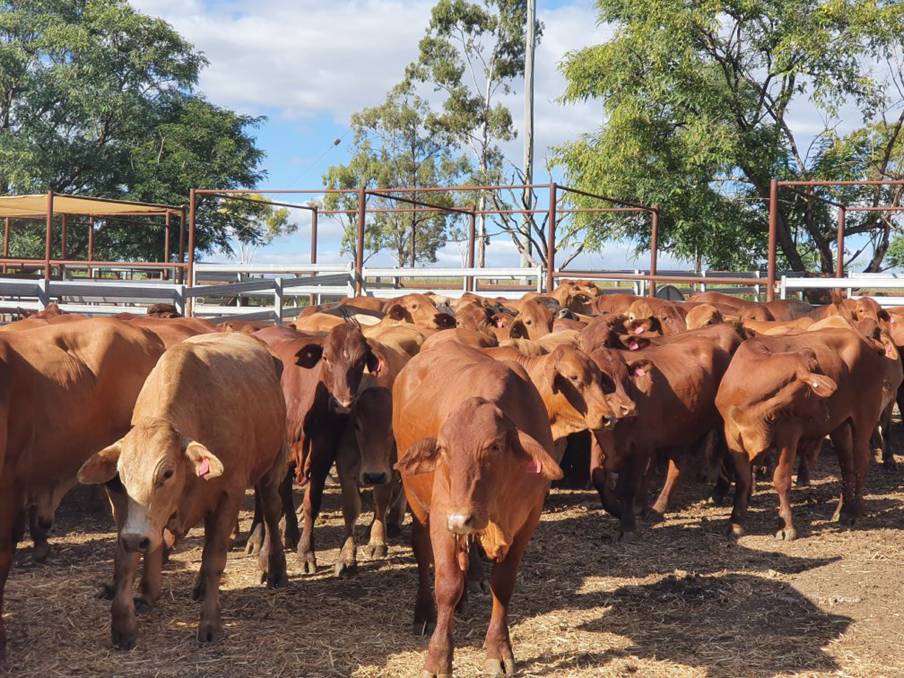
Having a small hay and silage production is helping the couple manage the dry seasons.
Their area is still drought declared, but water is the biggest problem.
"It's always good to have extra silage and hay, because you don't know what the weather's going to do," Mr Ogle said.
"We're not too bad, but we've worked on a lot of water infrastructure with new bores which has paid off.
"Karen recently put another two bores down when surface water was critically low, getting help with one through the water infrastructure subsidy, which was a big help."
Ms Hockey said the production wouldn't have survived without that help and cattle would have had to be sold.
"We had already put some other bores down four or five years ago in previous drought conditions in other paddocks, which have been a huge advantage. It's priceless to have a reliable water supply.
"The surface water is disappearing very quickly in our area due to the weather conditions, but the underground water has sustained us."
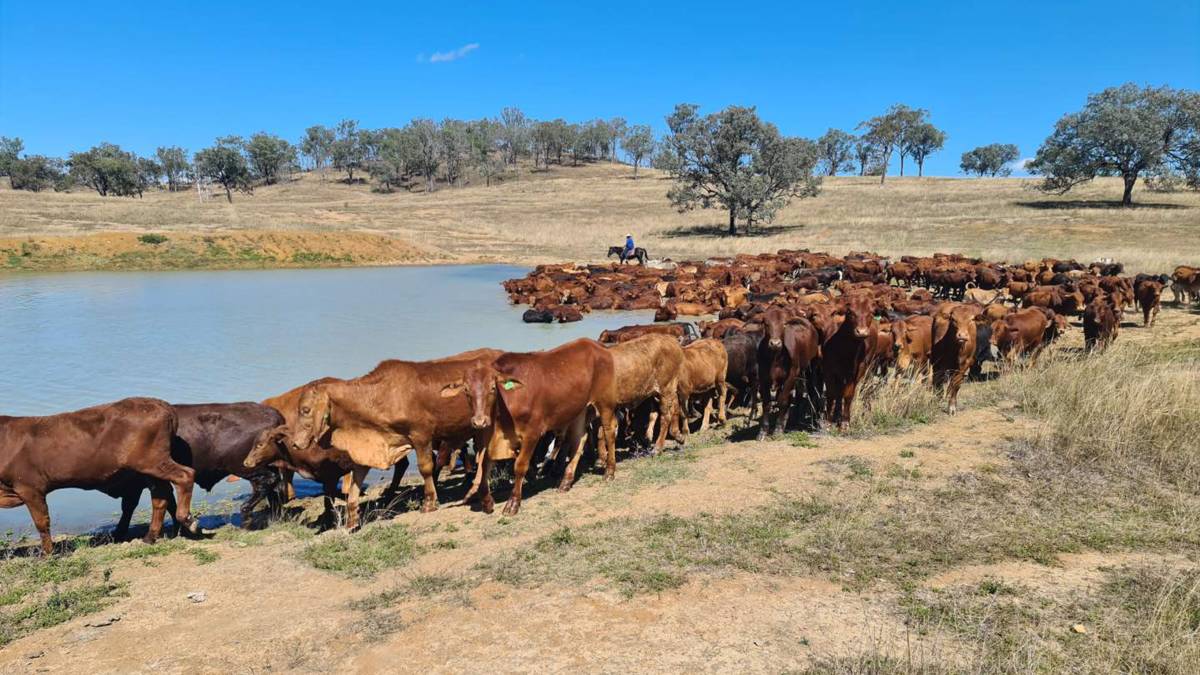
Images & Article courtesy of QLD Country Life




